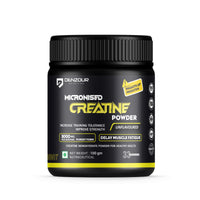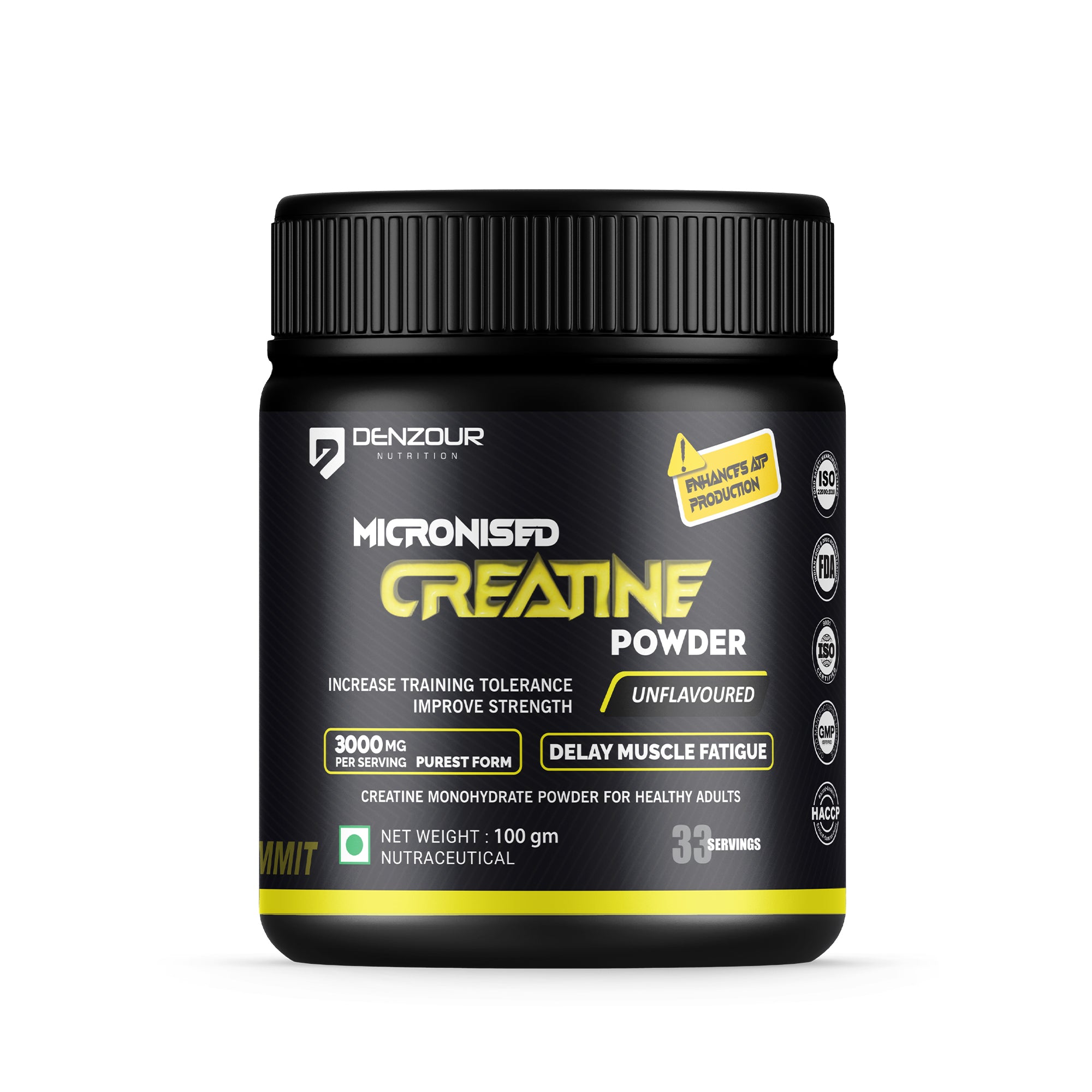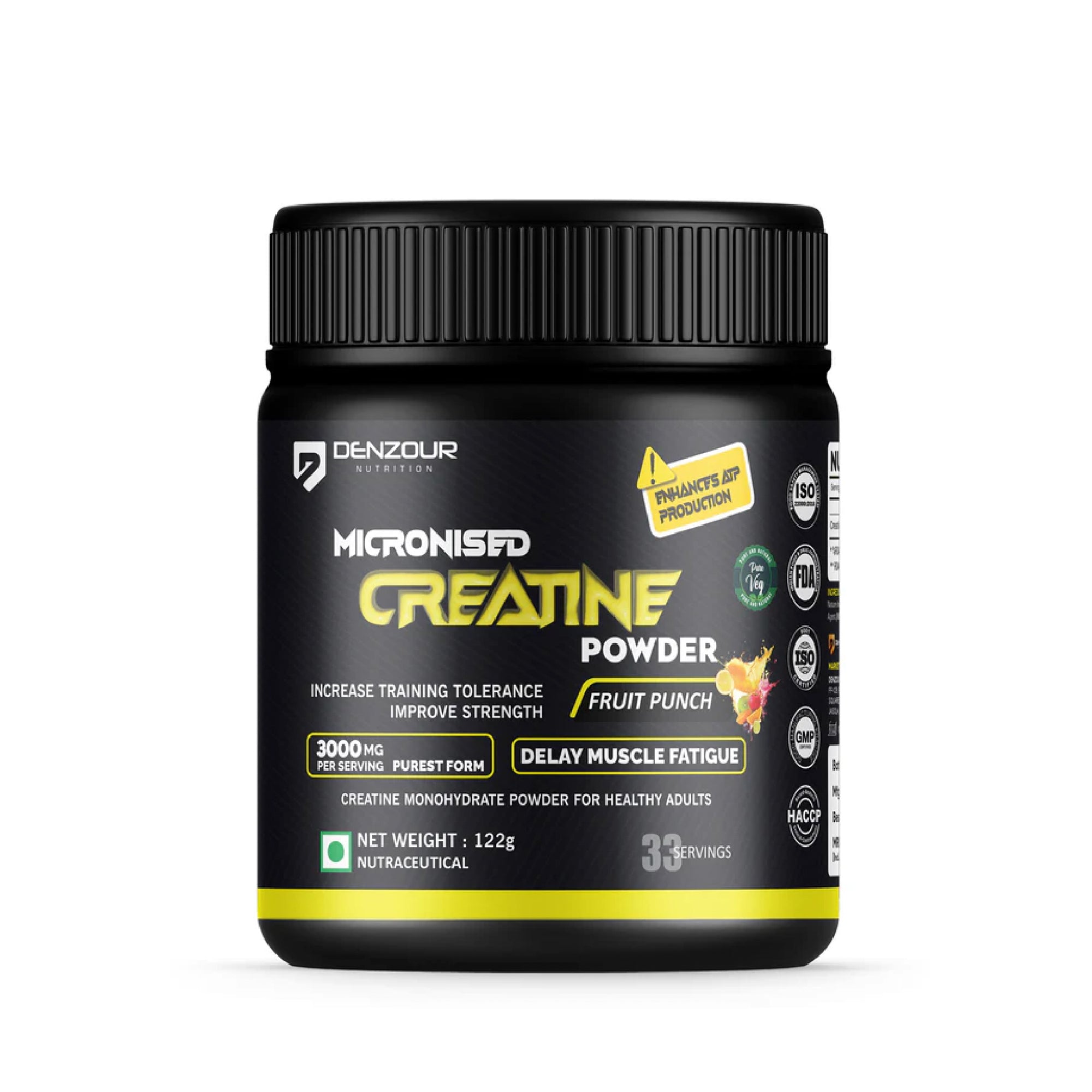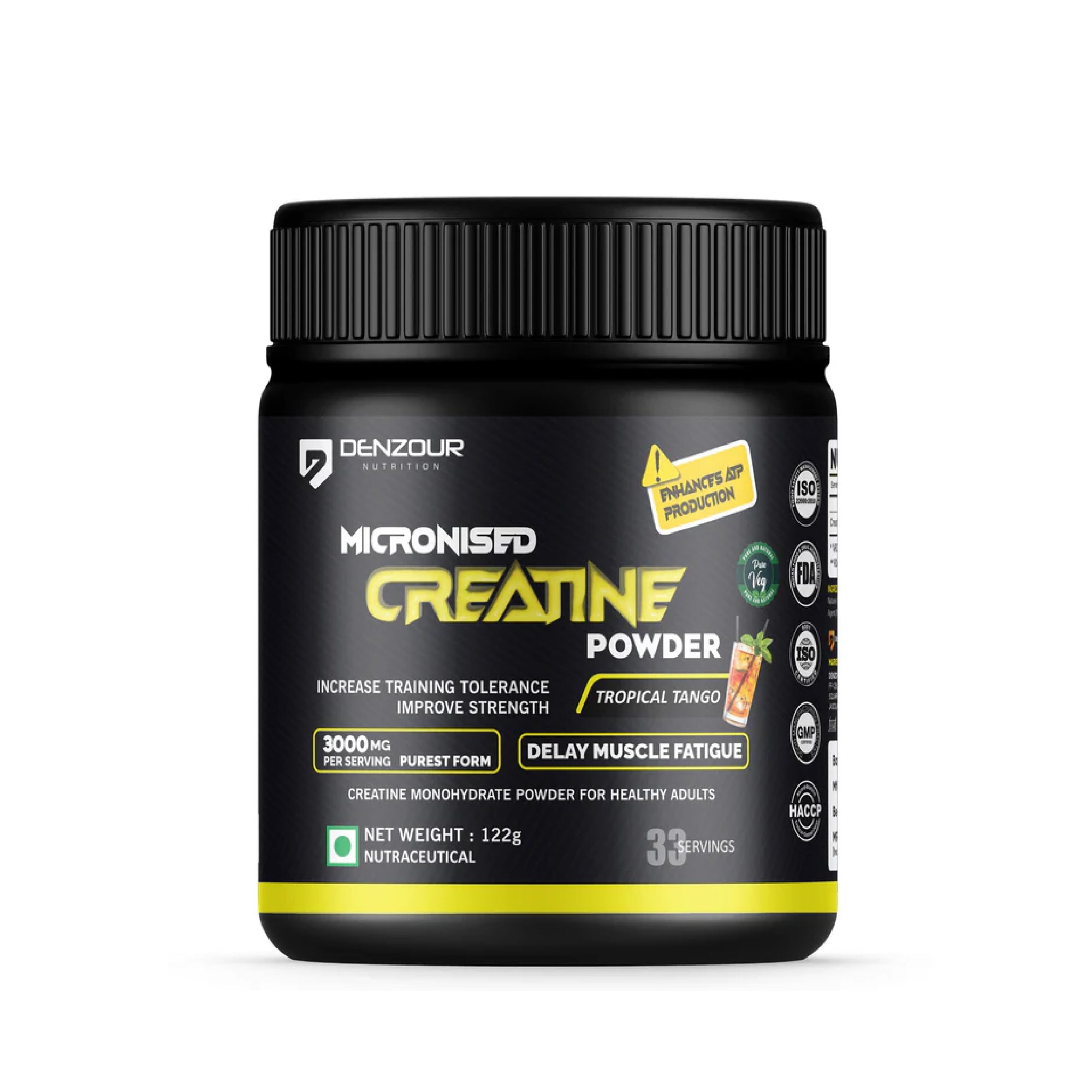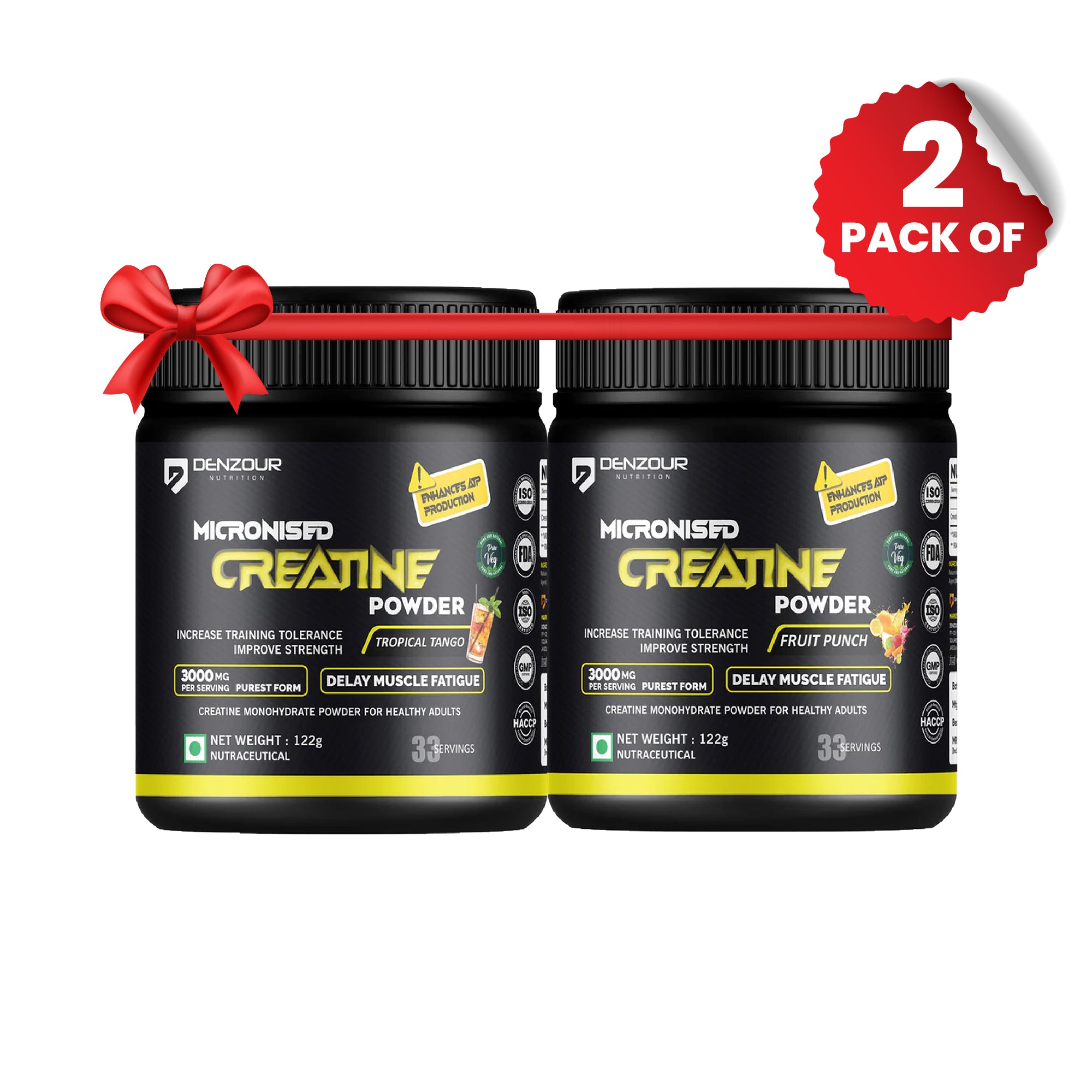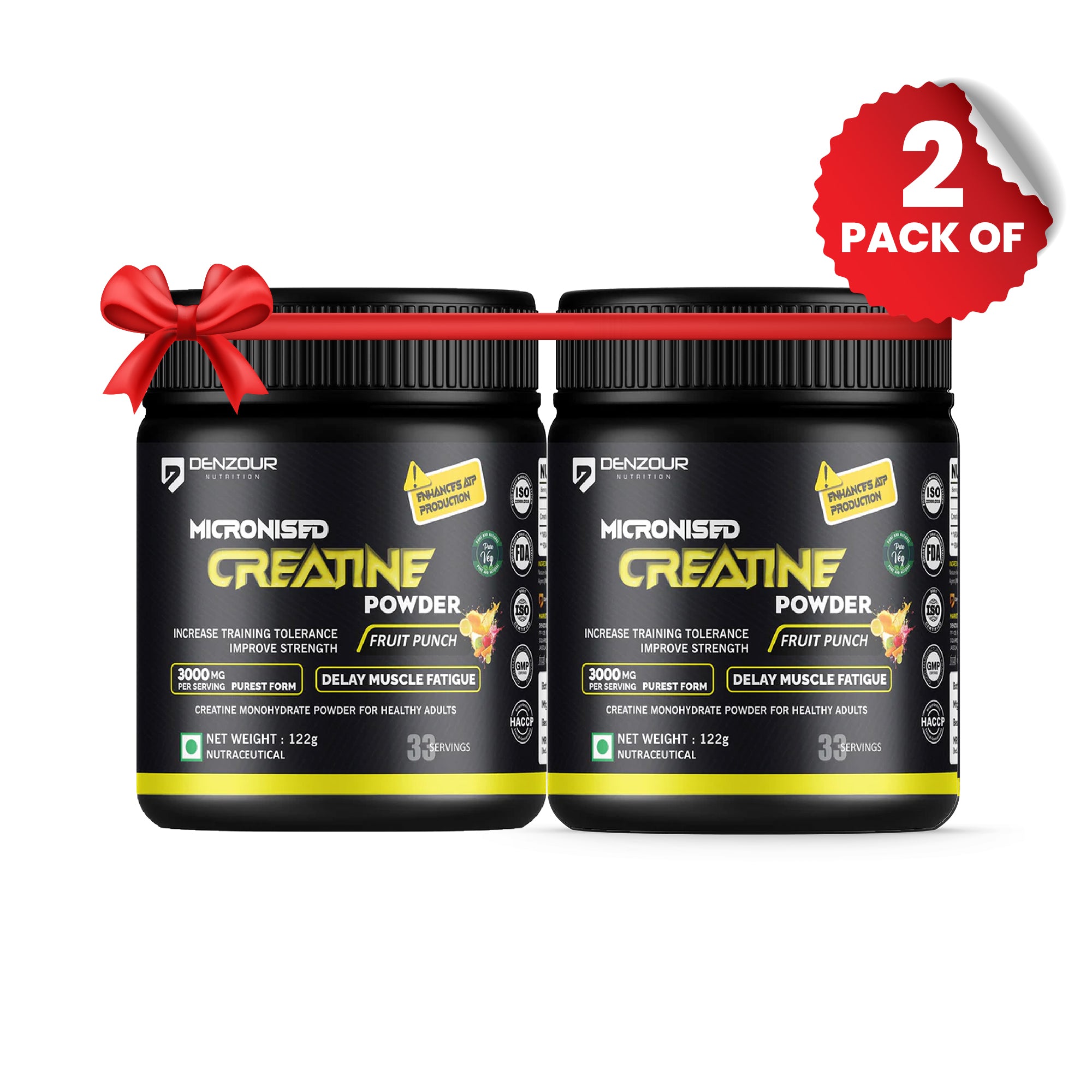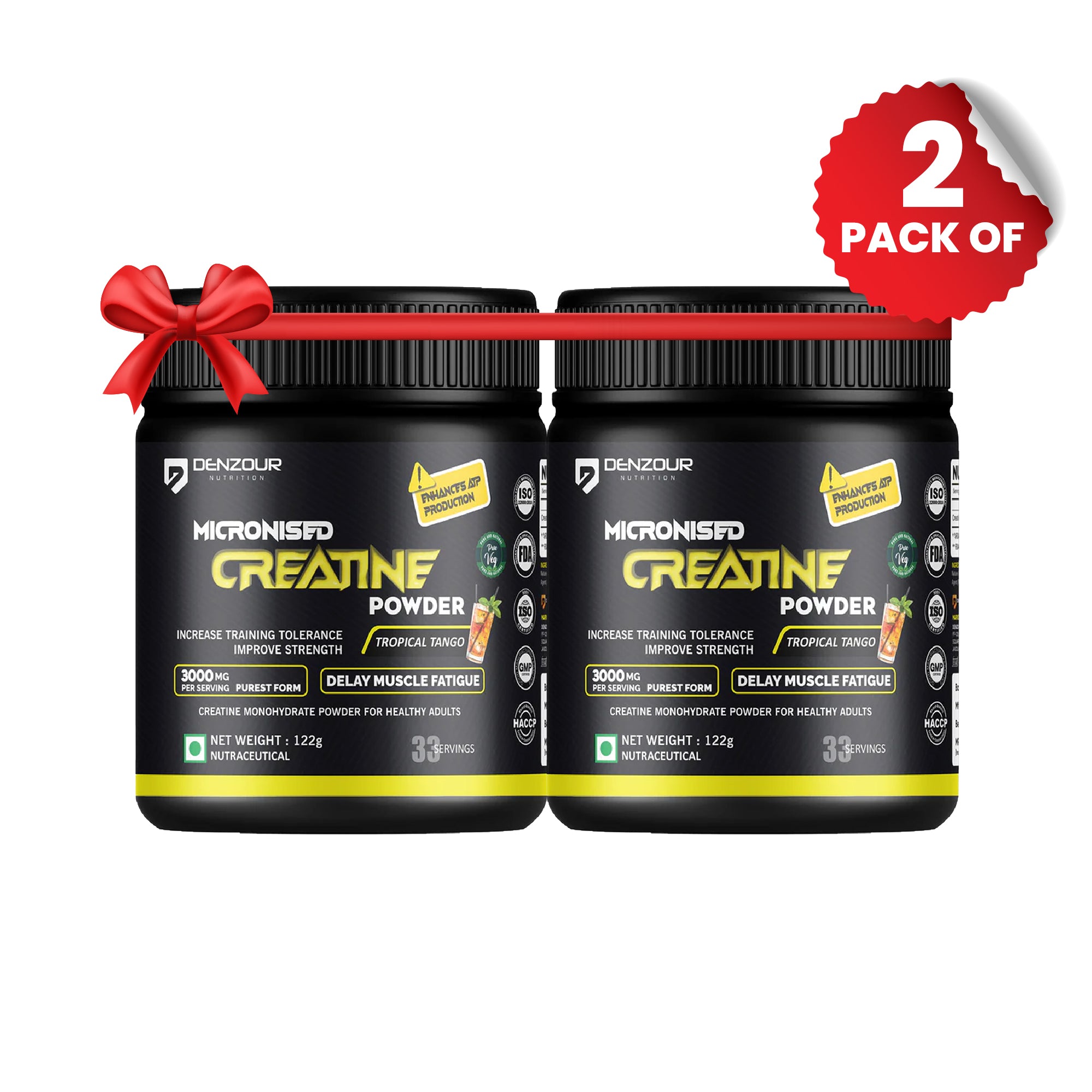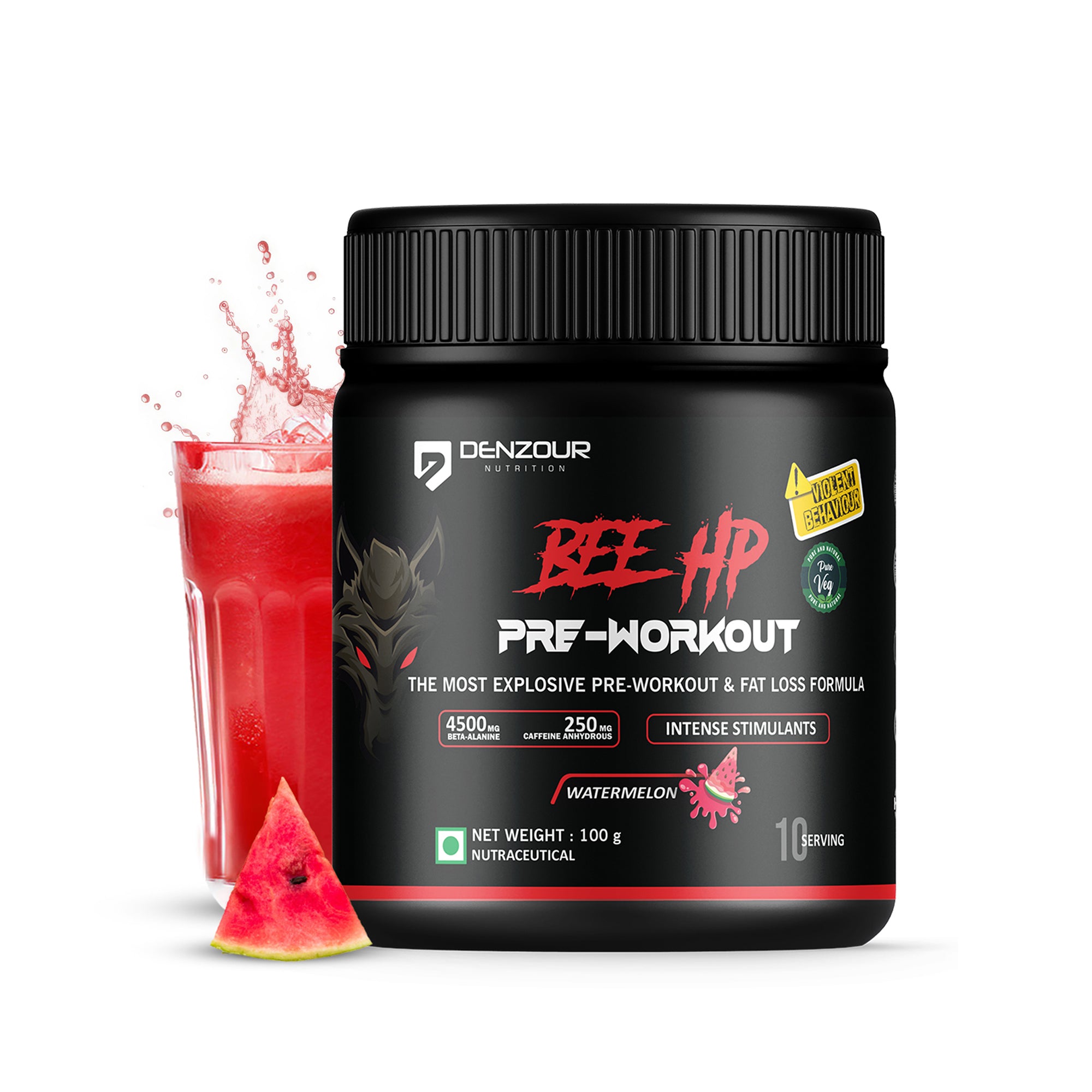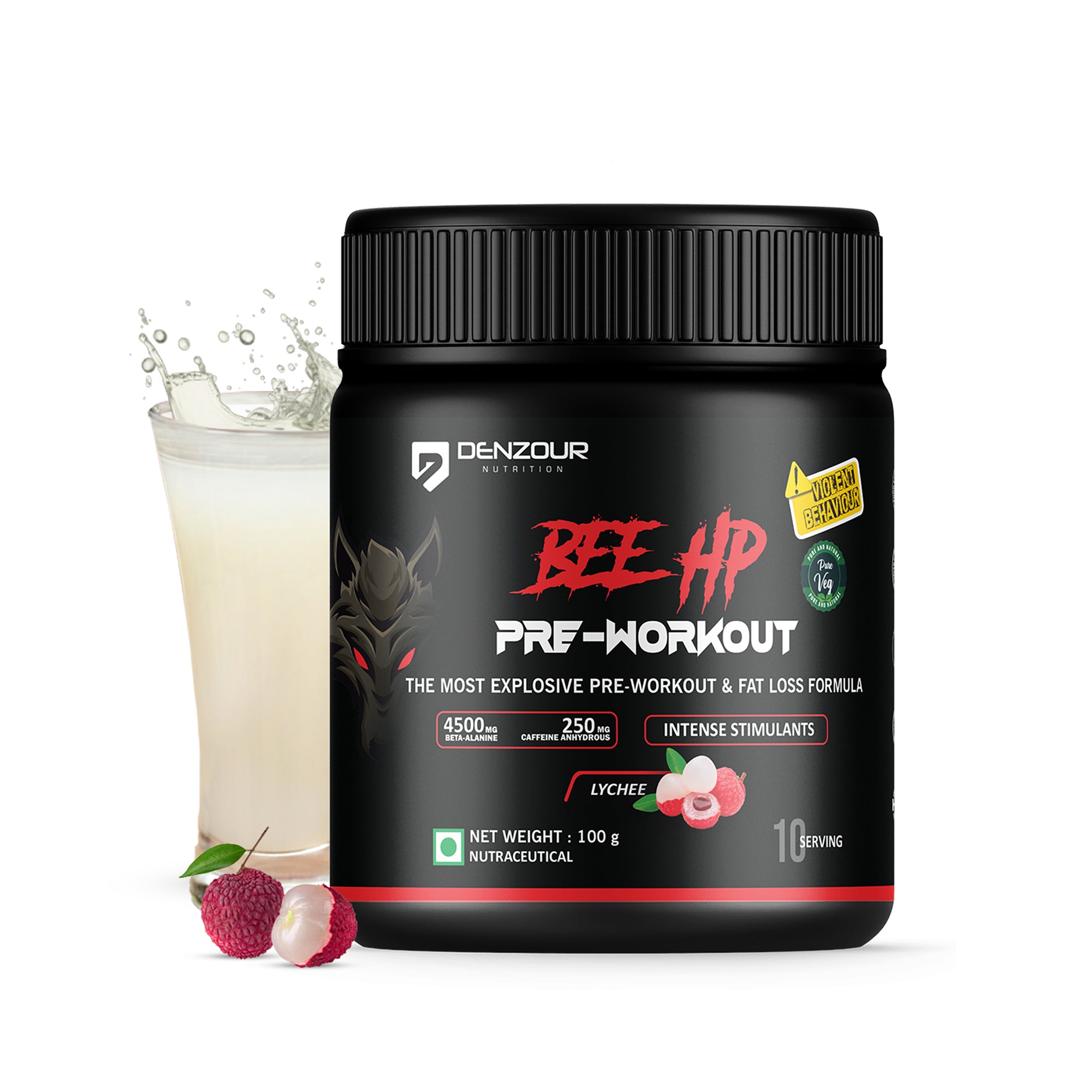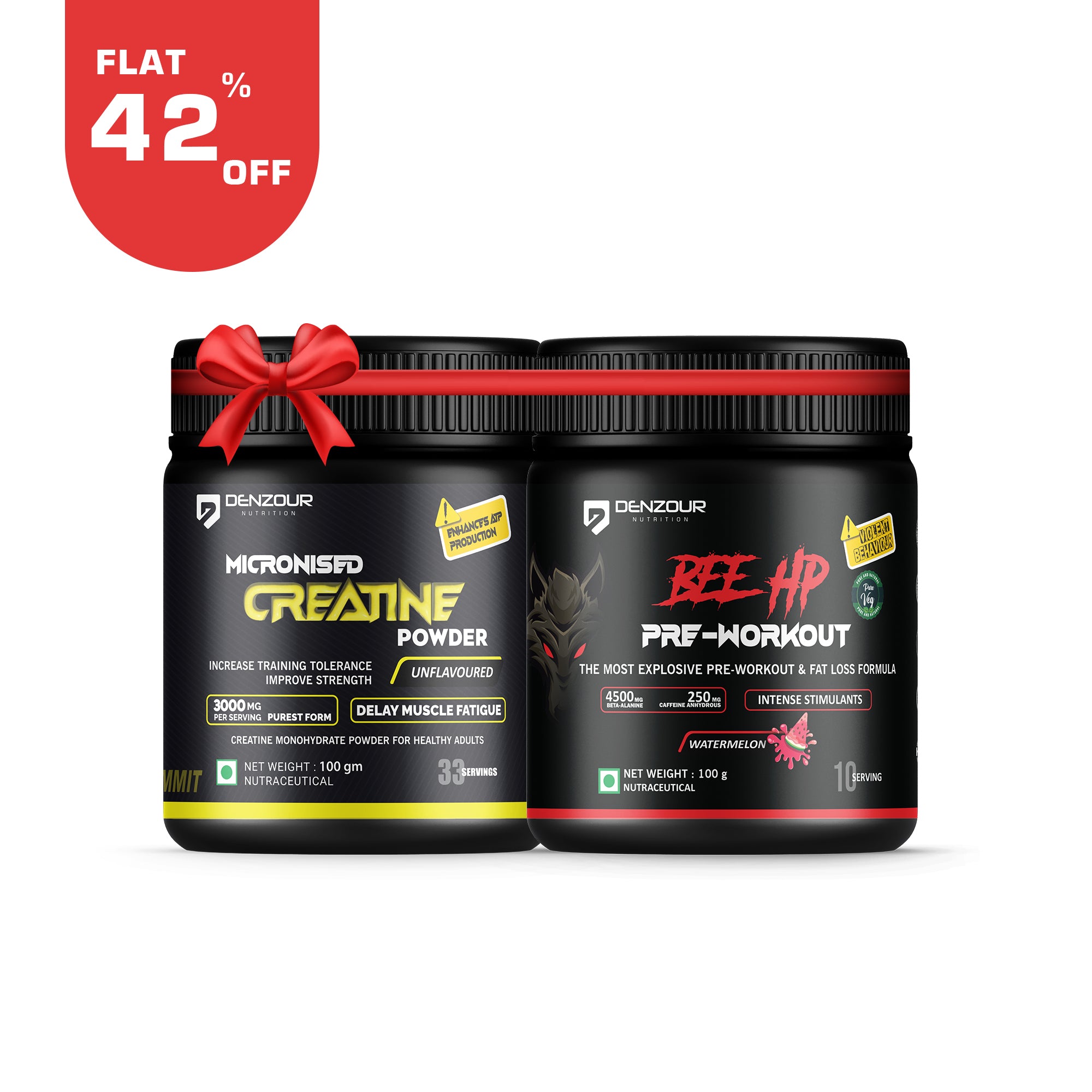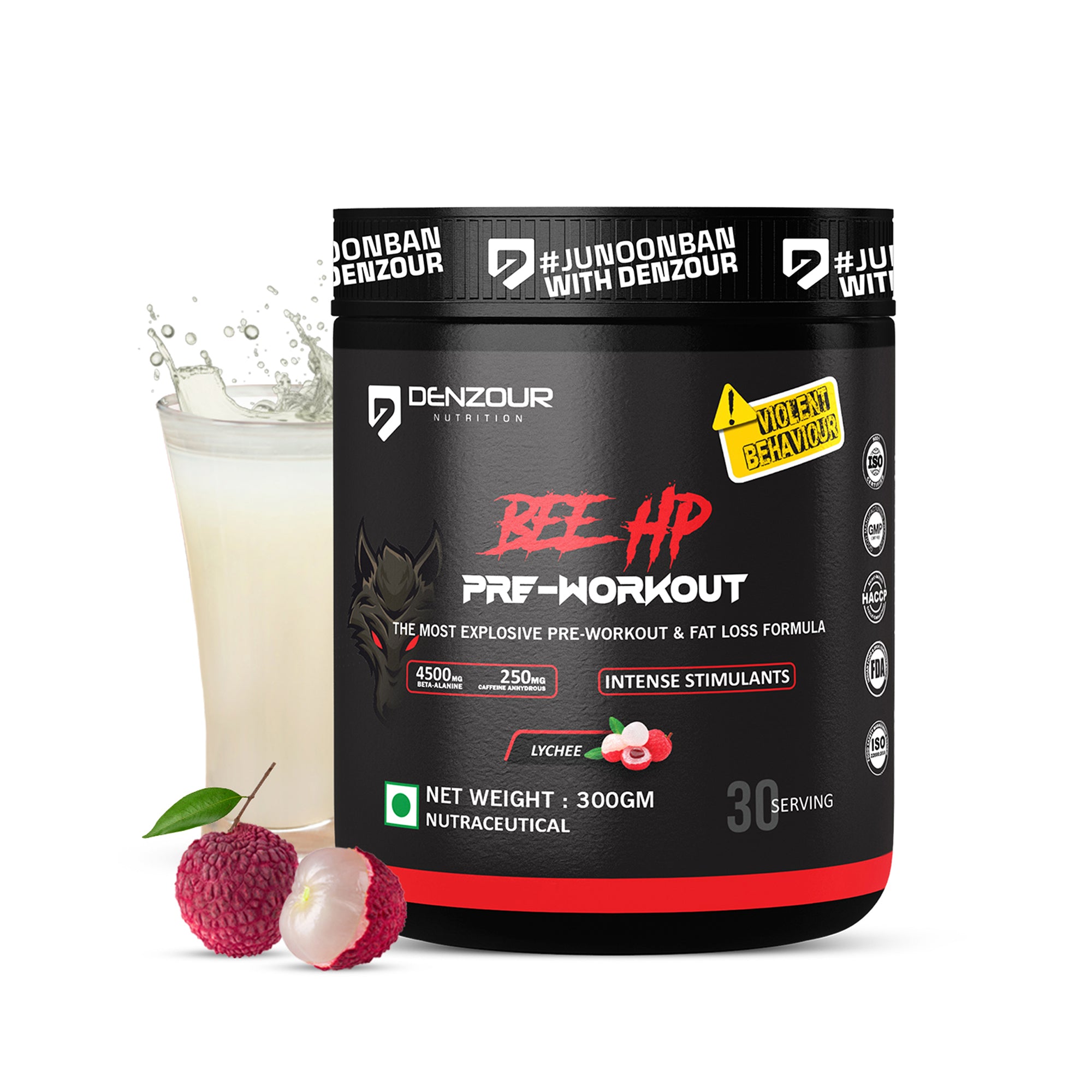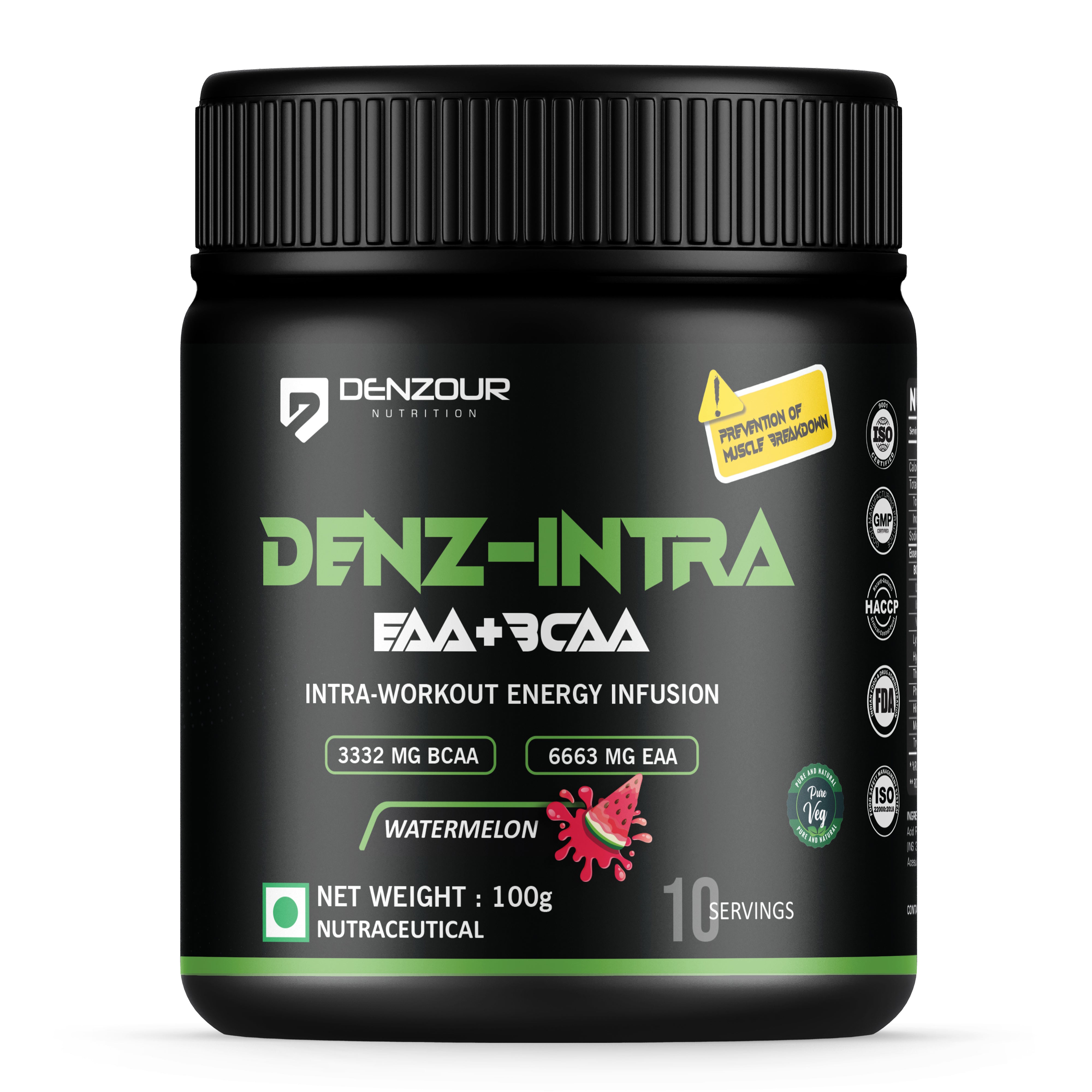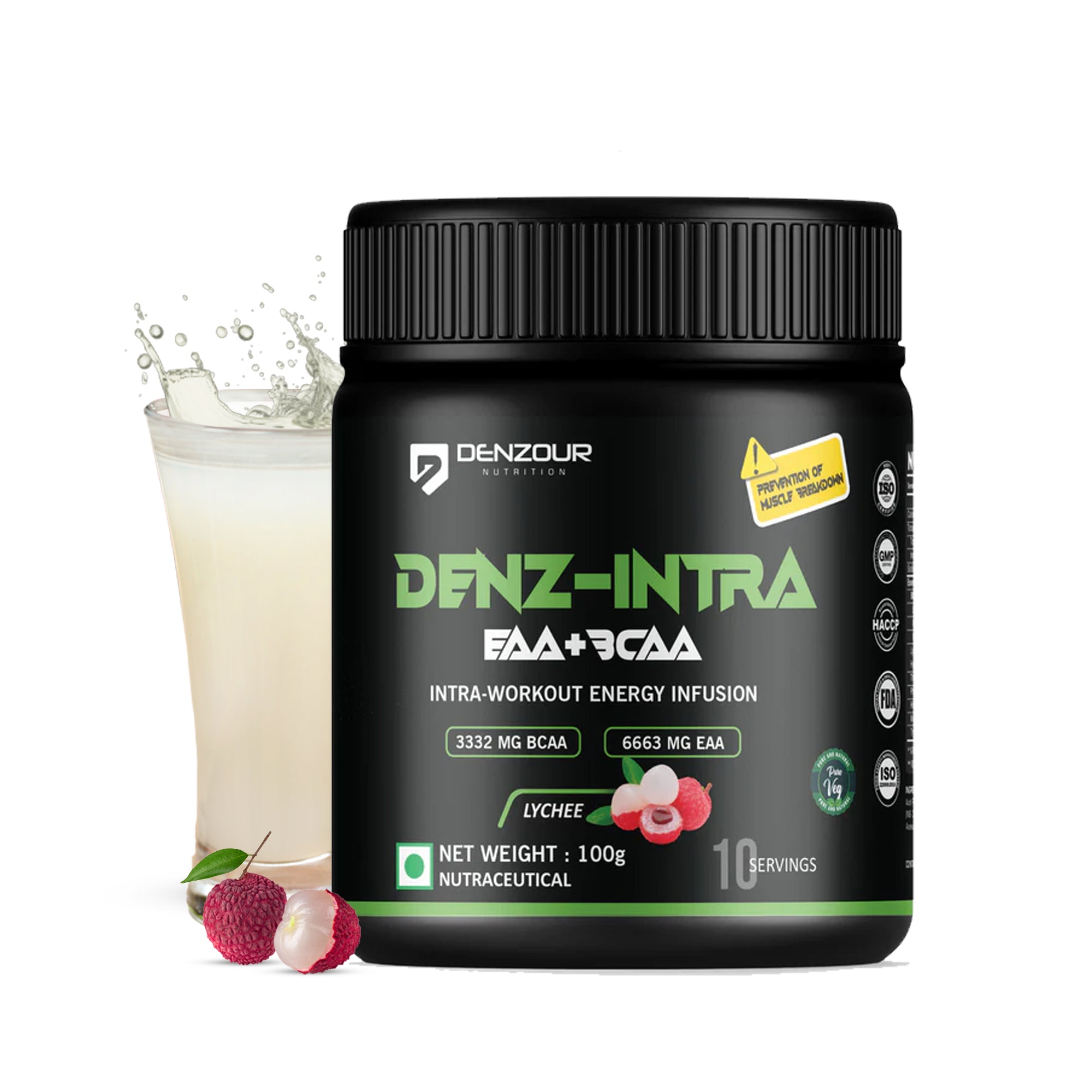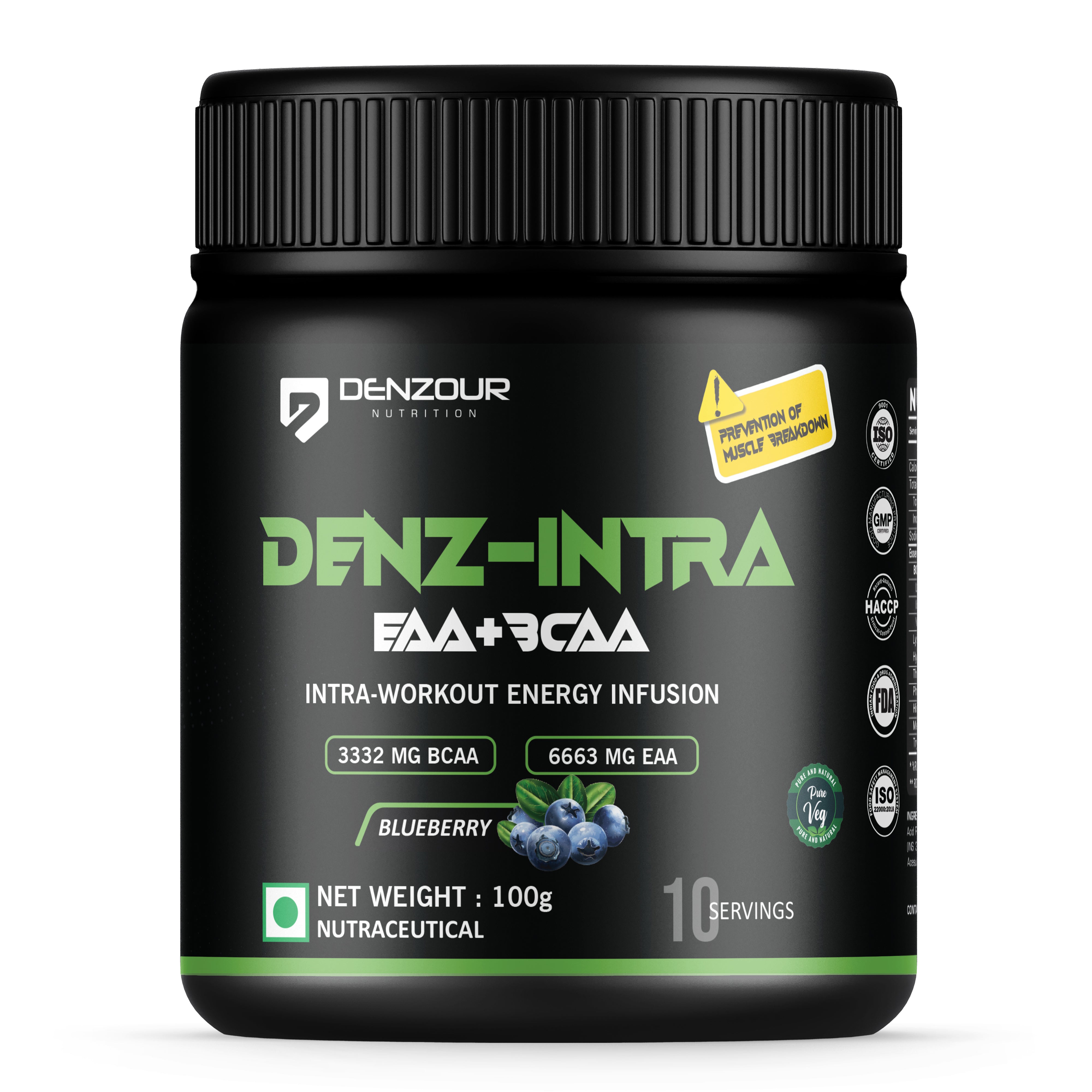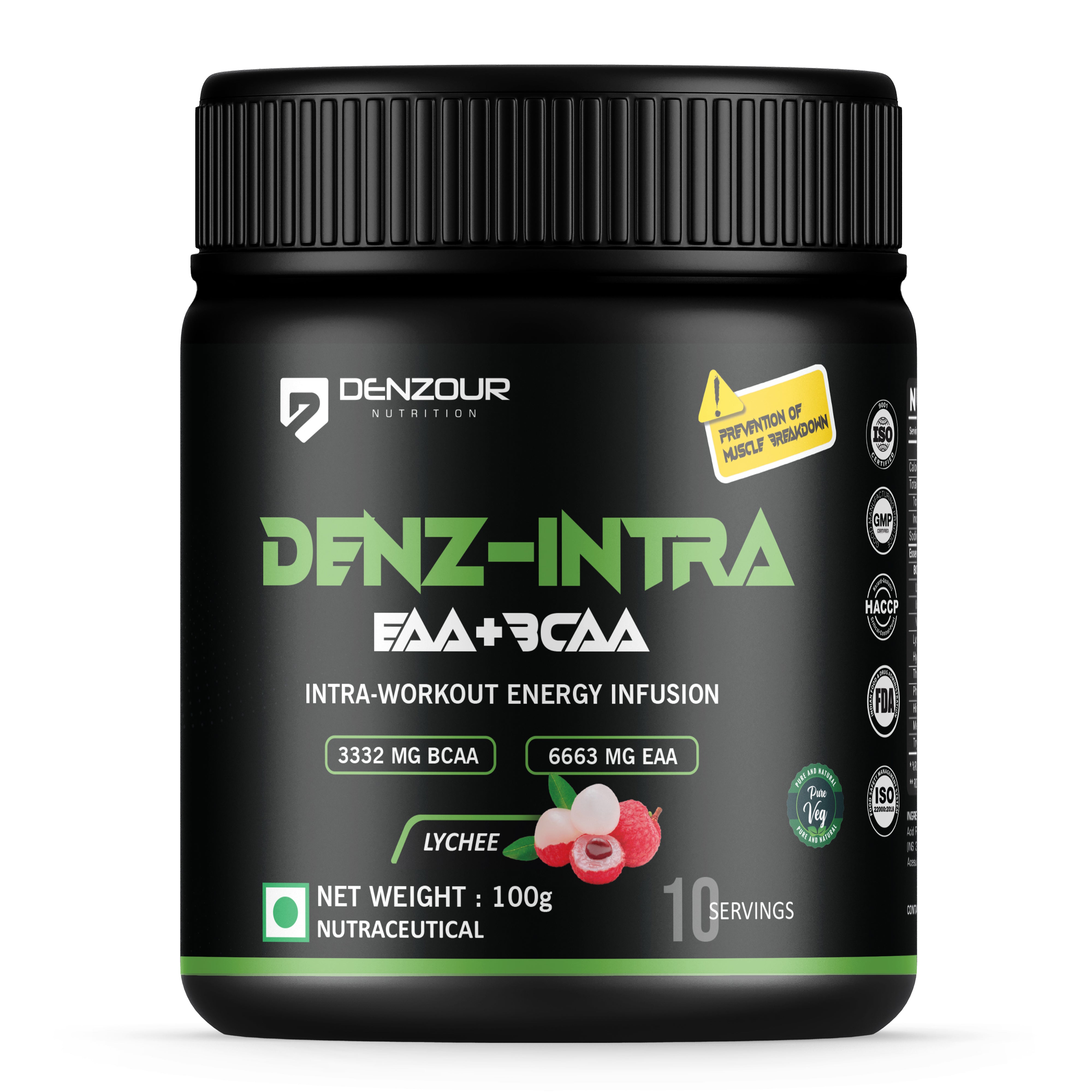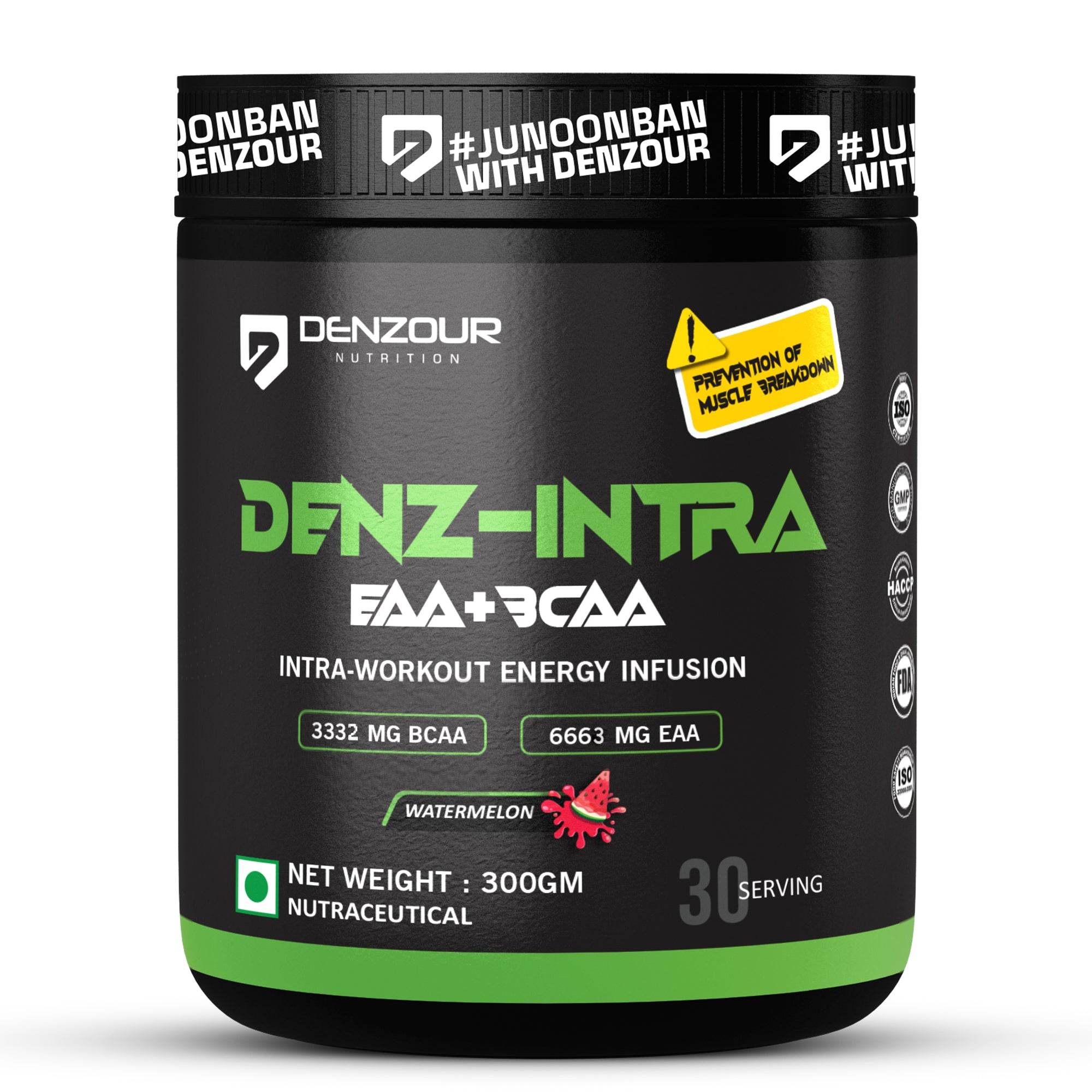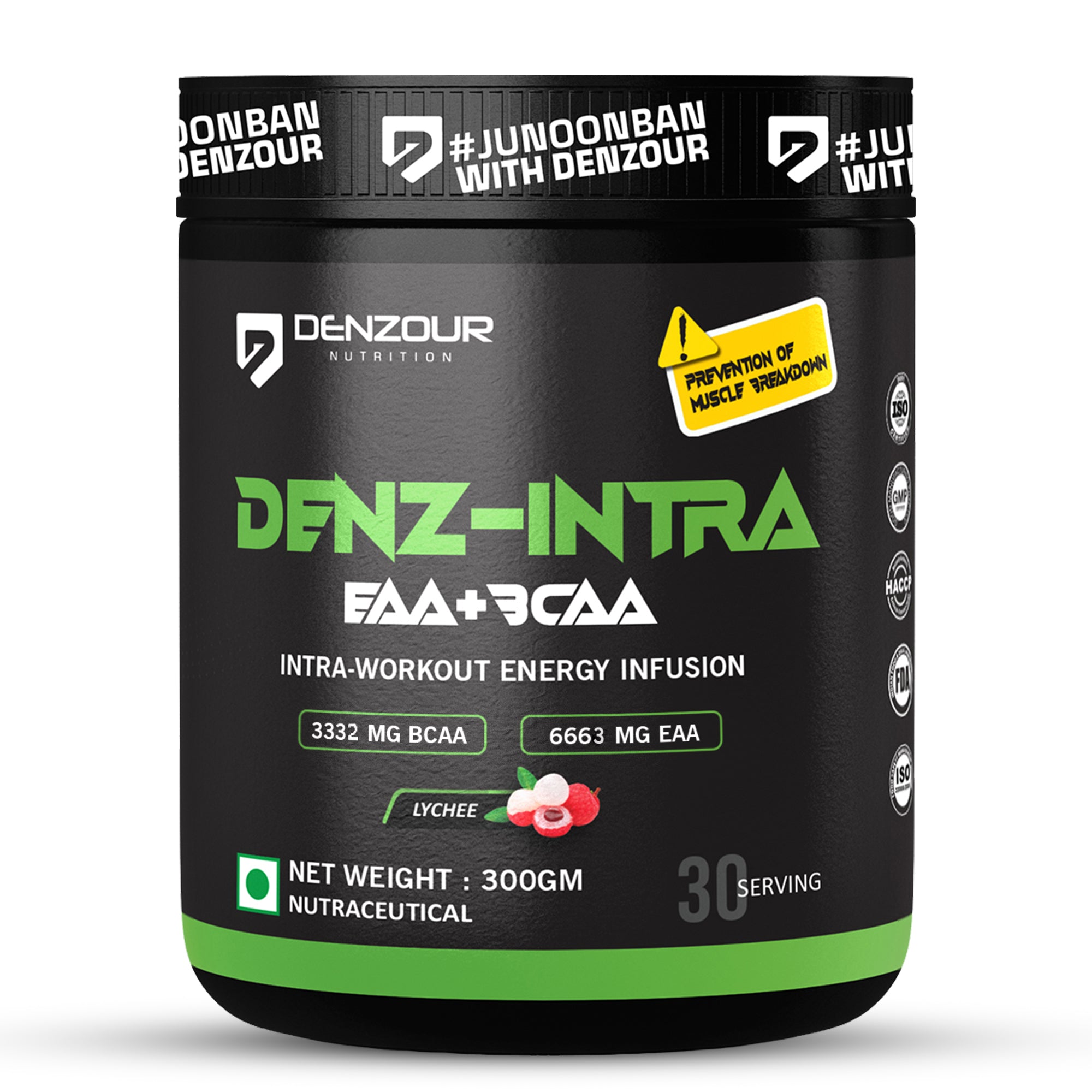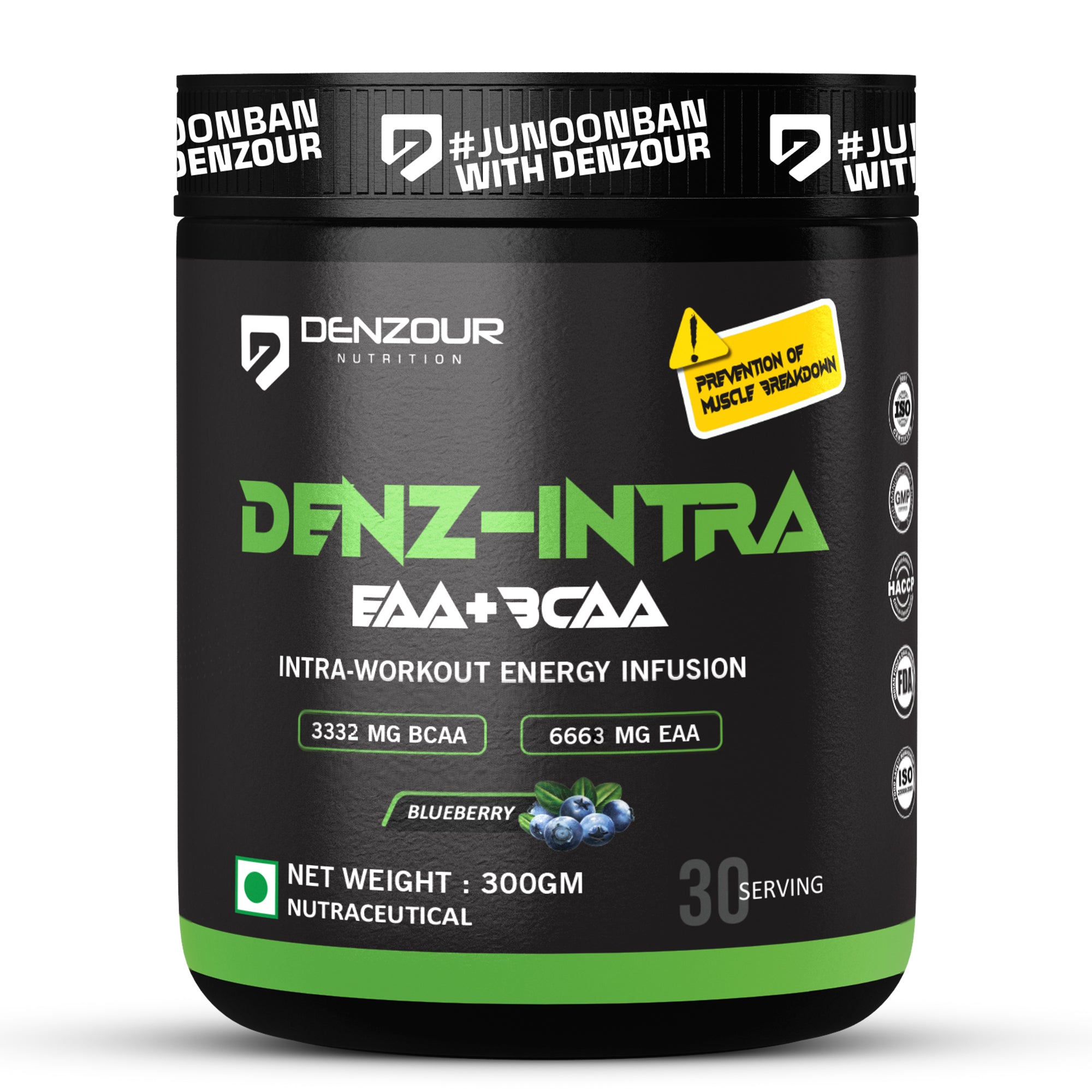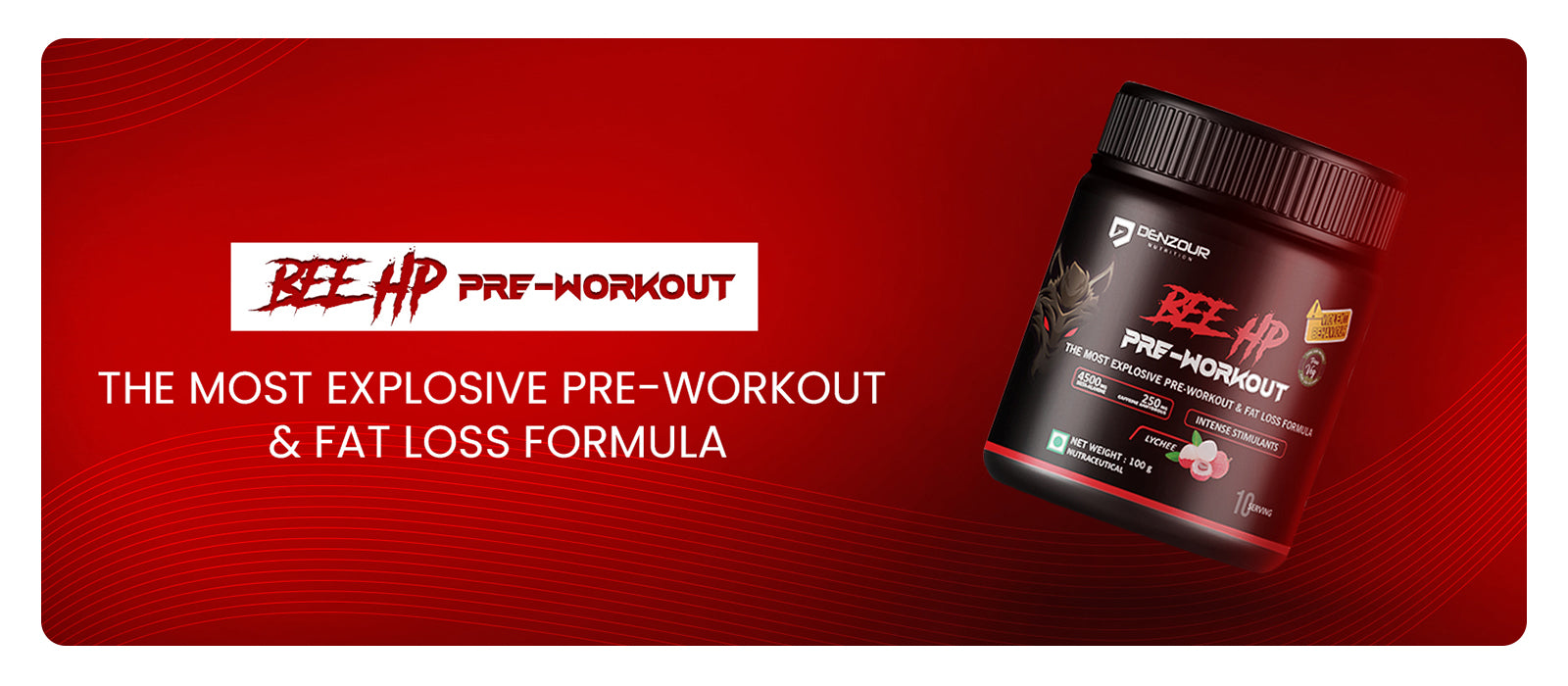If you’ve ever stepped into a gym or scrolled through fitness forums, you’ve probably heard the word creatine thrown around like it’s some magic potion for muscle growth. But what exactly is creatine, what does it do, and—most importantly—how should beginners take it? If these questions have been sitting in your mind, this guide will clear it all up.
What is Creatine, Really?
Creatine is a naturally occurring compound found in your muscles. It’s also presents in small amounts in foods like red meat and fish. But here’s the catch: if you want enough creatine to boost your performance, you’d need to eat an entire cow! That’s where creatine supplements, especially creatine monohydrate, come in handy.
When you take creatine, it helps your body produce more ATP (Adenosine Triphosphate)—the energy currency your muscles use for short bursts of high-intensity activity. In simple words: more creatine = more energy for lifting, sprinting, and powering through tough workouts.
Why Should Beginners Consider Creatine?
If you’re new to working out, creatine can be your best friend. Here’s why:
- Boosts Strength: Lifts feel lighter, and progress comes faster.
- Increases Muscle Size: Expect that extra muscle pump—hello, gains!
- Improves Recovery: Less soreness, more training.
- Enhances Performance: Perfect for weightlifting, HIIT, or sports.
And yes, it’s safe when used correctly. Creatine is one of the most well-researched supplements in the world. No gimmicks, just science.
How to Take Creatine: The Simple Guide
Here’s the part everyone wants to know: how do you actually take creatine?
Step 1: Loading Phase (Optional)
- Take 20g per day (split into 4 doses of 5g each) for 5-7 days.
- This saturates your muscles faster.
Step 2: Maintenance Phase
- After loading, take 3-5g per day.
- No need to cycle off—continuous use is safe.
Timing: Does It Matter?
Not really. Some people prefer taking it after a workout, but the real key is consistency. Take it daily, even on rest days.
Important Tip:
Drink plenty of water! Creatine pulls water into your muscles, so stay hydrated.
Are There Side Effects?
Creatine is safe for healthy individuals, but here’s what you might notice:
- Water Retention: Your muscles will hold more water (not fat).
- Mild Bloating: Usually temporary.
- Kidney Concerns? Only if you already have kidney issues. Otherwise, creatine is safe.
Quick FAQ
Q: Do I need to cycle creatine?
A: Nope! Continuous use is safe.
Q: How soon will I see results?
A: Most people notice improvements in 1-2 weeks.
Q: Can I mix it with protein powder?
A: Absolutely—protein + creatine = gains.
The Bottom Line
Creatine isn’t just for building muscle—it’s a go-to supplement for anyone who cares about strength, energy, and overall health. Beyond improving workout performance and recovery, creatine supports brain function, heart health, and even fertility, making it one of the most versatile and important supplements out there.
If you want to train harder, think sharper, and boost your well-being, creatine deserves a permanent place in your daily routine. Just stay consistent, keep hydrated, and watch the benefits go beyond the gym.
